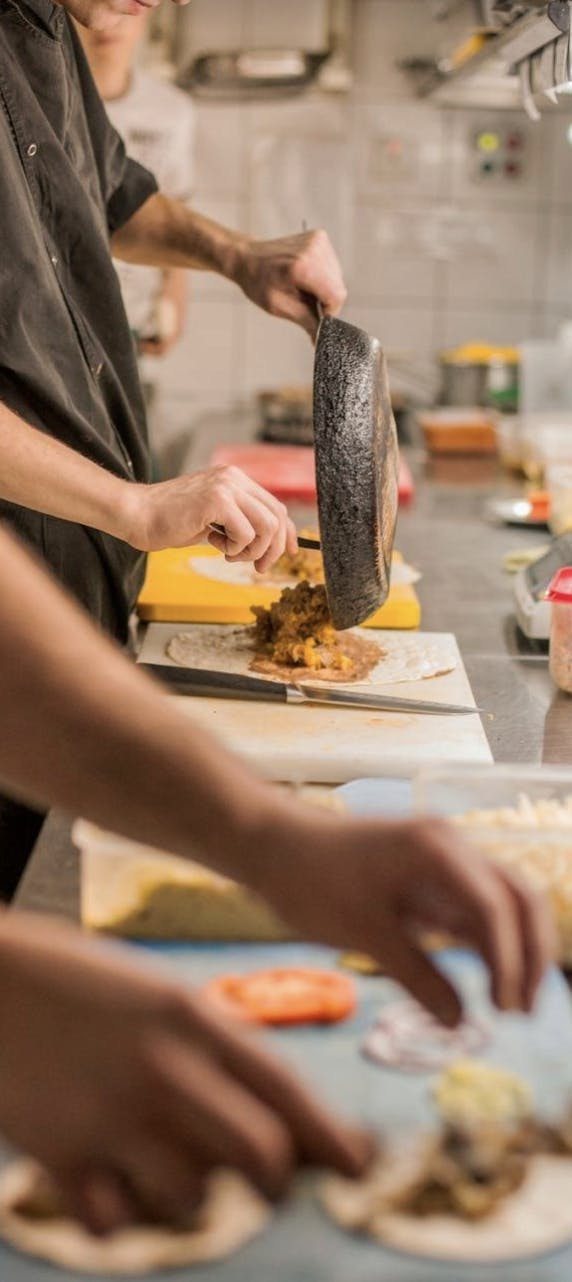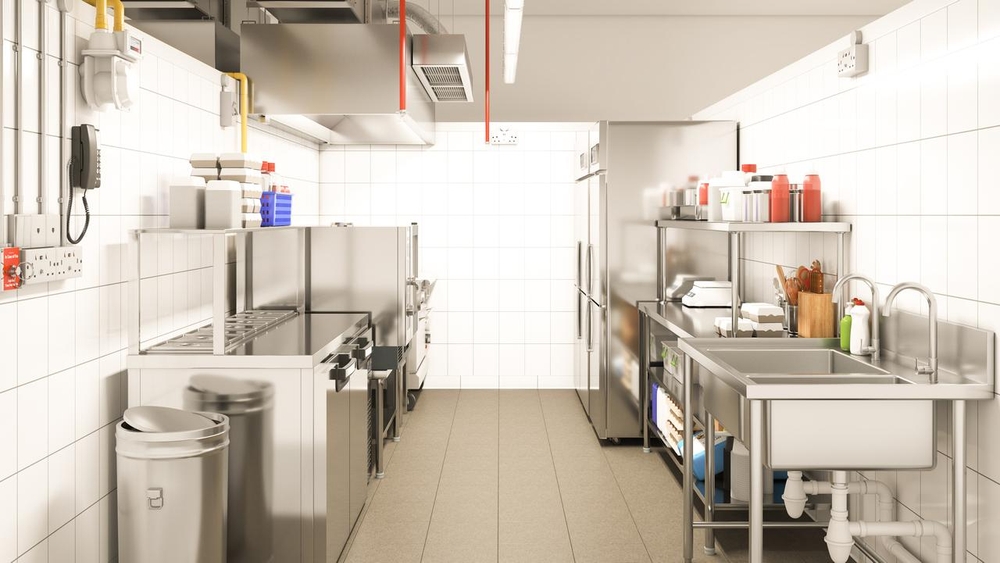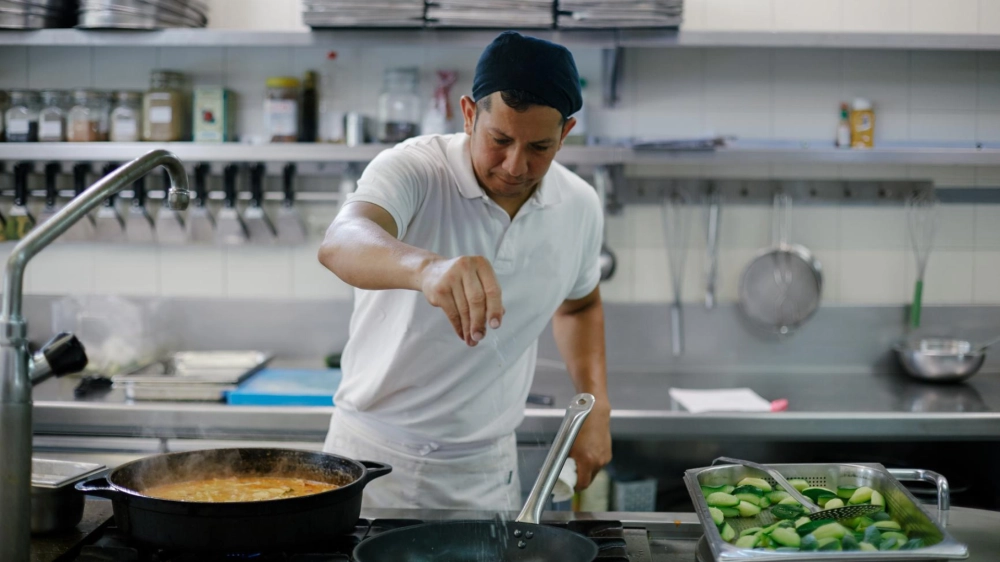How to Increase Restaurant Sales With Ghost Kitchens
Table of Contents
CloudKitchens
How many tacos can be delivered from a 1000sqft restaurant?
The same amount as a 200sqft ghost kitchen.
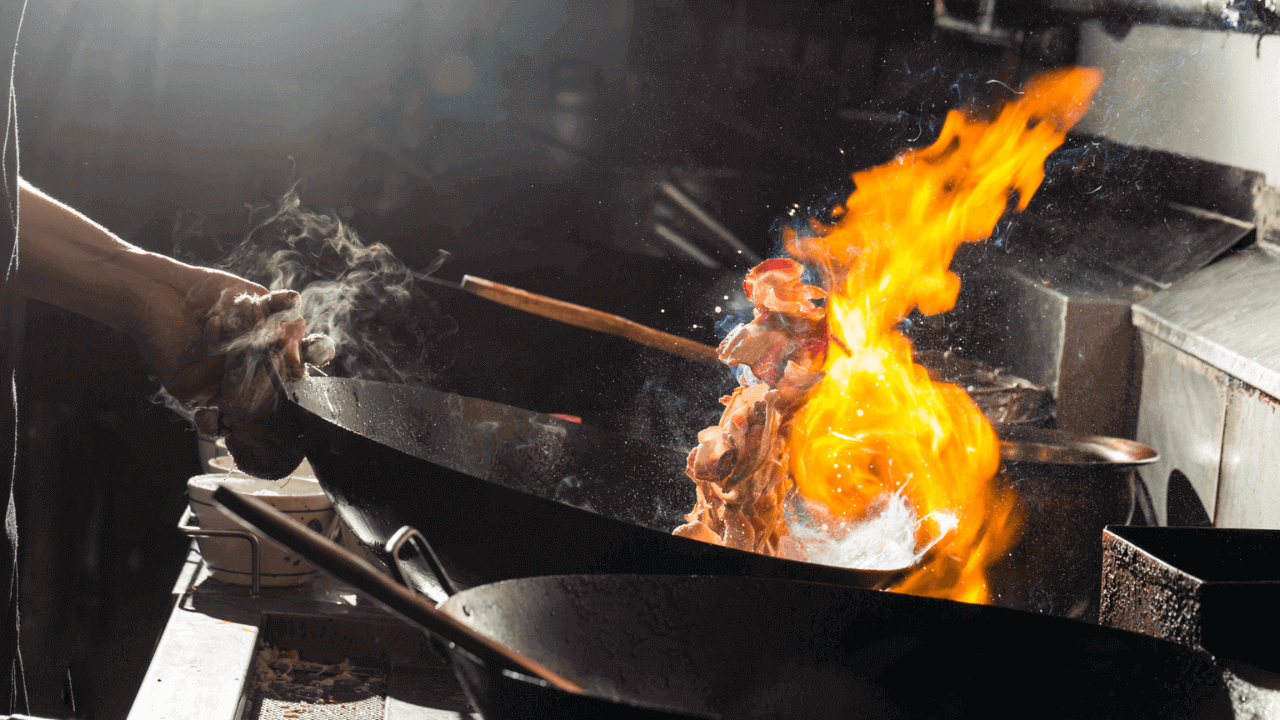
If you’re in the restaurant industry, you know there are many challenges, including those involving hiring and retaining employees, navigating supply chain issues, and dealing with the rising cost of food — not to mention the impact that COVID-19 has had on the industry, with sales falling $240 billion during 2020 alone. So, what does it take to succeed in the future?
The answer lies in rethinking your sales strategies.
Many strategies that worked in the past aren’t as effective in today’s environment. As a result, you need to expand your toolbox and rethink what no longer works. Understanding how to increase your sales, and the new business models available, like a ghost kitchen concept, can help you secure a competitive edge in the market.
1. Reach more customers through social media
Social media is a powerful tool, but you need to know how to effectively use it. Most people report they are influenced by online comments and reviews, and much of that activity happens in the social media sphere of influence.
What’s more, is that 75% of people in one study reported that they purchased a product because they saw it on social media. Here are a few tips to consider.
Increase your social media frequency
The study that reported that 75% of people purchased a product because they saw it on social media also reported that 60.7% of those people viewed four different social media posts before making the purchase. That means posting frequently will help increase brand awareness and social media presence–which brings us to our next point, which is what to post.
Follow social rules
Imagine that you’re meeting a person for the first time who talks about themselves for the full 15 minutes that you’re speaking. How do you feel? You likely feel bored and ready to leave the conversation. The same holds true with social media. Your potential customers will become bored if you talk about yourself nonstop during every post. The 80/20 rule applies to social media; it says that 80% of your social media posts need to be useful to your audience and only 20% should promote your restaurant, food, and services.
Spend time on the right platforms
If all of your regular customers are spending time on Facebook, you don’t want to invest most of your resources on Instagram. Invest time and energy in learning where your customers spend their time online. Talk to your customers and take notes. Doing so can help you achieve a stronger social media return on investment and ultimately drive more sales.
Social media includes an element of trial and error, so test new strategies, measure the results, and pivot if needed.
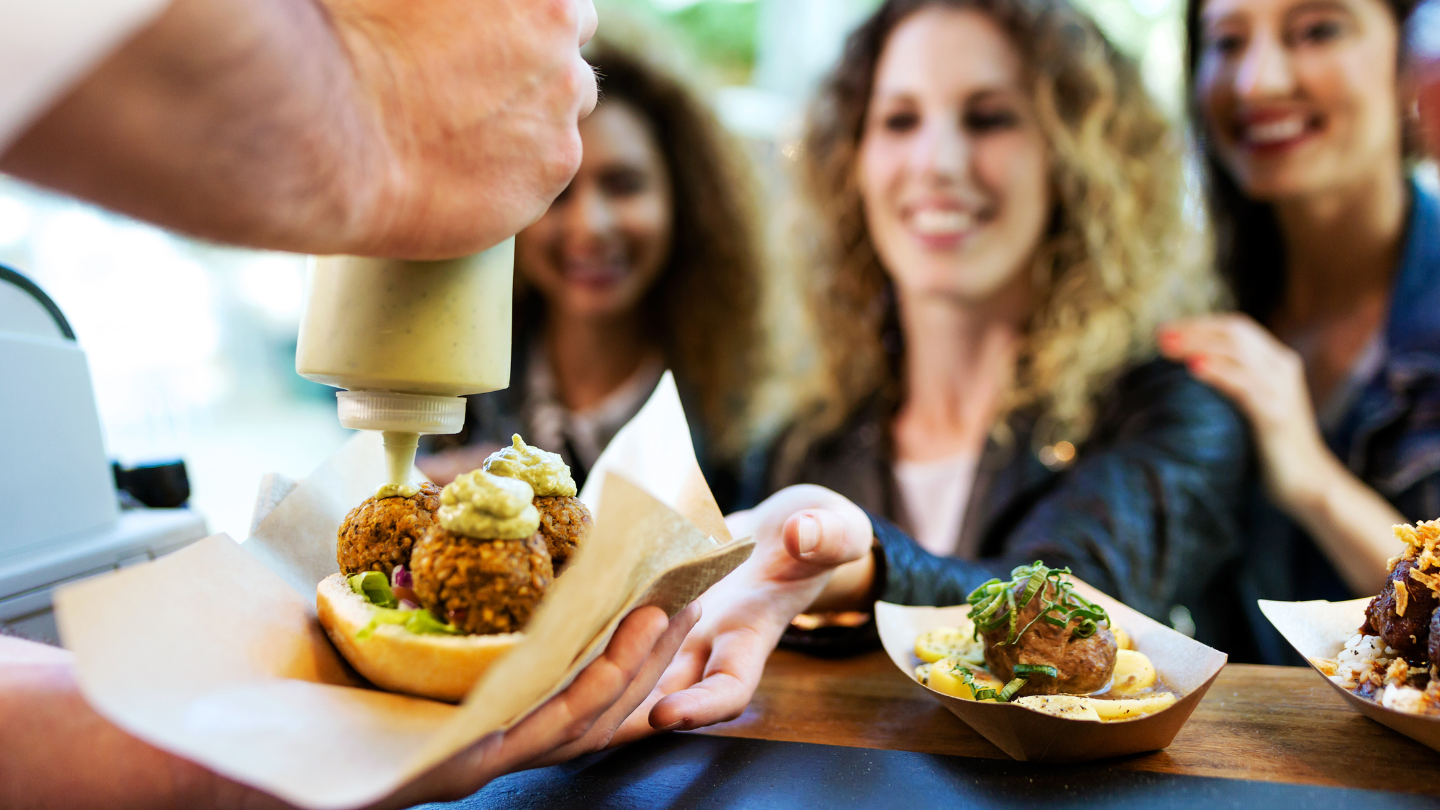
2. Transform your customers into a sales force
People trust family, friends, and even online strangers far more than a restaurant advertising or restaurant marketing campaign. This is why your existing customers are your strongest and most influential sales force.
A happy customer will tell at least three people about his or her experience. If the people that the customer tells enjoy your food, they will each tell an average of three more people, quickly expanding the success and sales of your restaurant.
Alternatively, an angry customer shares his or her experience with at least 10 people, and with social media, you can imagine how quickly this can impact your business. As a result, using tech to elevate the customer experience helps you keep those hungry customers coming back for more.
3. Boost the customer experience through technology
Expectations around the restaurant experience have transformed over the past decade. Potential customers expect experiences that are faster and more positive and that exceed their expectations. And if they don’t get these experiences, they aren’t shy about complaining on a massive scale (aka social media). Consider the following:
- Seven out of 10 U.S. consumers report they have spent more money doing business with a company that delivers excellent services.
- A Harvard Business School study found that a one-star increase in a restaurant’s Yelp rating was connected to a restaurant revenue bump of 5% to 9%.
- A review of over 331,920 online reviews found that “service” was the most frequently used keyword.
One of the key elements behind creating excellent service is technology. If you want to up your service game and your sales, consider technology that allows you to do the following:
- Having all delivery services connected to a tablet: COVID-19 increased the popularity of delivery services. You want to make sure that managing these deliveries is efficient for your staff, which helps improve the customer experience. Connecting to an online ordering system via one tablet allows you to easily manage all orders through a single workflow instead of juggling multiple tablets.
- Insights that tell you the true story about sales: The old adage “You can’t manage what you don’t measure” has never been truer than it is today. The right technology provides a 360-degree view of restaurant business insights that help you understand order volume, sales, and earnings. Make sure the technology presents these details in a single dashboard for easier viewing.
- Integration between all platforms: Integration between delivery platforms is crucial since you want to minimize the risk of errors and improve employee efficiency.
The right technology provides you with greater visibility into sales. Once you have that visibility, you can leverage the data to make more informed decisions about what actions need to be taken to increase sales and restaurant revenue.
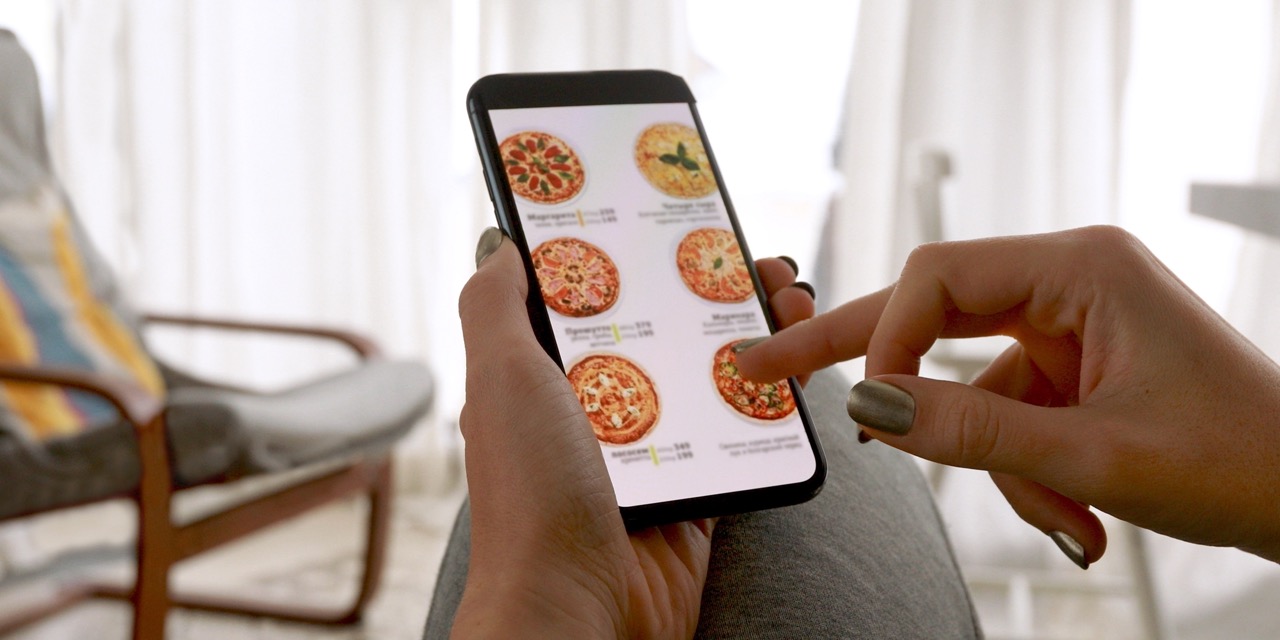
4. Create your menu with a strategy
With the right technology in place, you can better understand important insights, such as what dishes your customers like most and which dishes are the most expensive to make. Now, you need to put this data to work. Some menu items that your restaurant is serving could be the culprit behind low profits. But how?
Menu items that you think are the most profitable (higher priced) may actually be too expensive for customers, so their purchase volume is low. As a result, it might be time to discontinue the high-priced item that nobody is ordering. The idea behind carefully evaluating menu items and the promotion of those items is called “menu engineering.”
Menu engineering is tied closely to your advertising strategy. You might, for example, know that menu item A is popular with customers and the profit margin is excellent. Armed with this information, you decide to aggressively promote the item to raise your profits. However, in order to do this effectively, you need to ask a couple of questions.
- What is the demand for each menu item? If demand is high, then you take it a step further and determine the exact profit margin.
- What is the contribution to your bottom line? You also need to know how a specific menu item contributes to your bottom line. Does it help in increasing restaurant sales and if so, by how much?
This data helps you determine whether menu items are underpriced or overpriced and whether there is an opportunity to increase profit margins. For example, you might decide to modify recipe ingredients to positively affect profits, so long as it doesn’t affect the customer experience. As you make these changes, monitor performance and iterate as needed.
5. Consider new business strategies
How much does it cost to start a restaurant? Startup costs will vary and can range from $175,500 to $750,000. So, if you’re curious how to start a restaurant that will increase efficiency and revenue, consider ghost kitchens. Ghost kitchens existed prior to COVID-19 but gained momentum with the increased popularity of third-party delivery services.
The ghost kitchen is a physical space for staff to create food items for off-premises consumption. A ghost kitchen doesn’t have a fancy dining room with servers and staff, but instead is a highly efficient kitchen focused on making great food.
The goal of a ghost kitchen is to create tasty food with low operation costs, which is perfect for the takeout and delivery market. For example, a kitchen might be 300 square feet, be staffed with six employees, and only serve a delivery market.
Alternatively, some established and successful restaurants create a ghost kitchen to test new menu items without risking their brand if customers don’t like the items. Startup costs are low, and the risks are lessened with this strategy.
With ghost kitchens set in a specific location (like a ghost kitchen in Austin, Chicago, Miami, LA, or more), you can expand your food franchise quickly without the hassle.
Read More: The Ultimate Guide to Franchise Marketing
Leverage the growing delivery market
The marketplace today is turbulent and full of challenges, but it’s also full of opportunities for restaurants willing to adapt to new business models and pivot to meet the demands of customers. Adopting the right technology, using that technology to glean valuable insights, and leveraging those insights into the right strategies can quickly set you apart. As a result, you’ll gain greater control over efficiency, profits, and sales. This is where CloudKitchens can help. Allowing you to open your kitchen within weeks, you’re able to cut overhead costs, cook for a large audience, and leverage modern technology to streamline processes.
Explore ghost kitchen locations across the US:
- Ghost kitchens in San Francisco
- Ghost kitchens in LA
- Ghost kitchens in NYC
- Ghost Kitchens in Toronto
- Ghost Kitchens in Atlanta
- Ghost Kitchens in Dallas
- Ghost Kitchens in Chicago
- Ghost Kitchens in Denver
- Ghost Kitchens in Miami
| DISCLAIMER: This information is provided for general informational purposes only and the content does not constitute an endorsement. CloudKitchens does not warrant the accuracy or completeness of any information, text, images/graphics, links, or other content contained within the blog content. We recommend that you consult with financial, legal, and business professionals for advice specific to your situation. |
Sources
Restaurant Org. Restaurant Industry Facts. https://restaurant.org/research/restaurant-statistics/restaurant-industry-facts-at-a-glance
Sprout Social. Social Media Trends. https://sproutsocial.com/insights/social-media-trends/
Business News Wire. Customer Service. https://www.businesswire.com/news/home/20171215005416/en/WellActually-Americans-Say-Customer-Service-is-Better-Than-Ever
HBS. https://www.hbs.edu/faculty/Pages/item.aspx?num=41233
Review Trackers. Online Restaurant Reviews. https://www.reviewtrackers.com/online-reviews-restaurants/
More insights & stories
There’s more where that came from.
Get in the know and check out our additional insights
